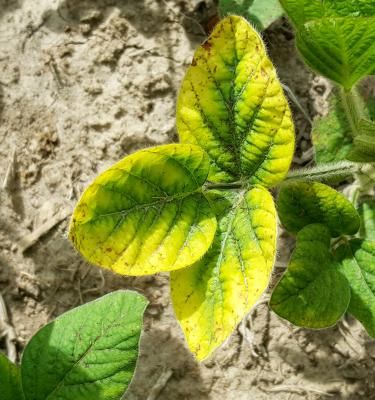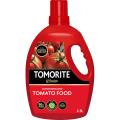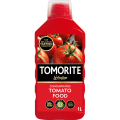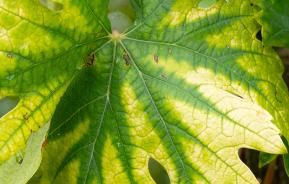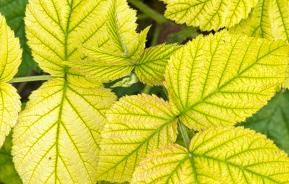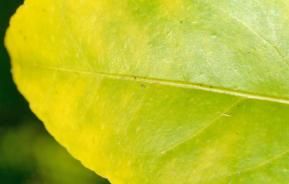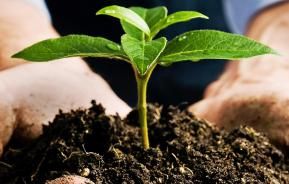Potash is a major plant nutrient needed by all plants in relatively large amounts. Potash deficiency can prevent plants flowering and fruiting properly, as well as showing up as marks on the leaves. Luckily, potash is present in just about all balanced plant foods.
Description
Potash deficiency is only really a problem on tired soils that are deprived of organic matter or remain unfed for some time. Potash shortage is more likely on light, sandy or chalky soils where potassium is readily washed away.
Symptoms
Poor flowering and fruit set are a major result of a lack of potash, as is blotchy ripening of tomatoes. The leaves have yellow and/or purple tints and the margins turn brown and look burnt. Severe cases show as leaf spotting and scorch of foliage.
Treatment and control
Apply a balanced granular or controlled-release plant food every spring. Feed every 2 weeks during spring and summer wherever necessary, particularly with a high potash feed, such as a tomato plant food.
Sulphate of potash can be used to help promote flowering and cure severe deficiencies.
